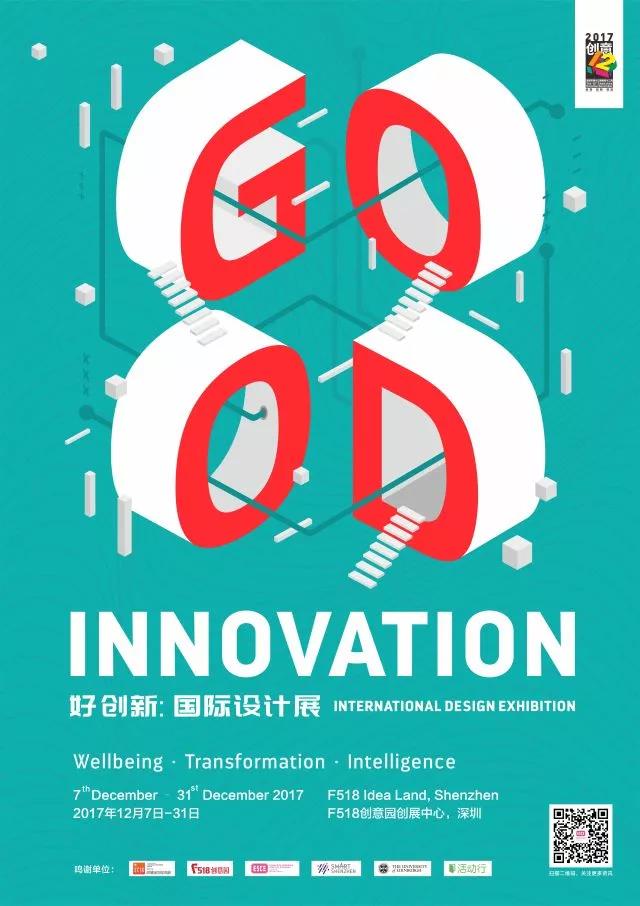
Topic:
Good Innovation – International Design Exhibition
Time:
December 7th to December 31st ,2017
Location:
2F, Exhibition Center, F518 Idea Land, Bao’an, Shenzhen, China
Description:
The Good Innovation International Design Exhibition presents meaningful innovation in three themes: Design for well-being; Design for transformation; and Design with intelligence. We showcase the possibility of a good life with intelligence – from wearable products and its future in smart fabrics; to identify our future in data-driven design.
The exhibition brings together the innovative designs from the US, UK and Europe with an integration of products and services from outstanding designers in the industries towards radical concepts depicted by design researcher from academic settings. We visualize with the audience the possibilities to connect our individual needs at the community-level towards a better future collectively.
Good innovation is not just about technology – it is an empathetic understanding of ideally a cultural-oriented ecosystem of products and services supported by a sustainable business model activated by community’s creativity. Whether or not the design is a beautiful product, or new technology, or a useful innovation – they are created to make our lives easier and happier.
Organizers:
Edinburgh-Shenzhen Creative Exchange
Contact:
https://yoopay.cn/event/15131308
Some of the Exhibits
Design for well-being
The HemoLink
The HemoLinkTM revolutionizes the collection process and removes many of today’s challenges. Instead of making appointments and traveling to the clinic, patients receive a self-testing kit at home. Instead of painful and traumatic collection procedures, patients place a friendly device on their upper arm and simply press a large button to collect a sample. Most importantly, the collection is nearly pain-free, with patients routinely rating HemoLink as the least painful option when compared to finger sticks and venipuncture.
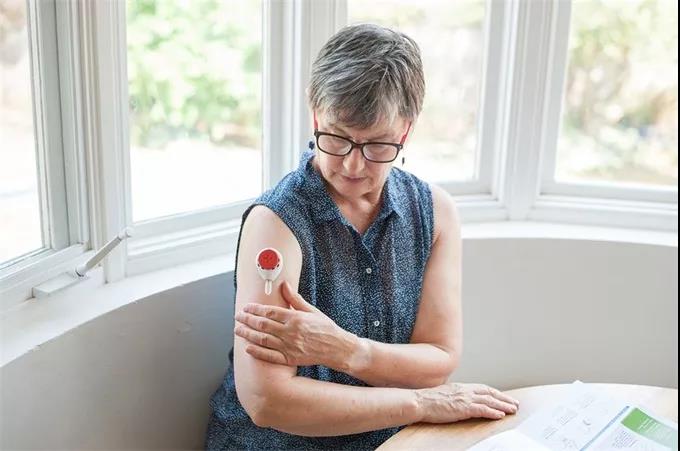
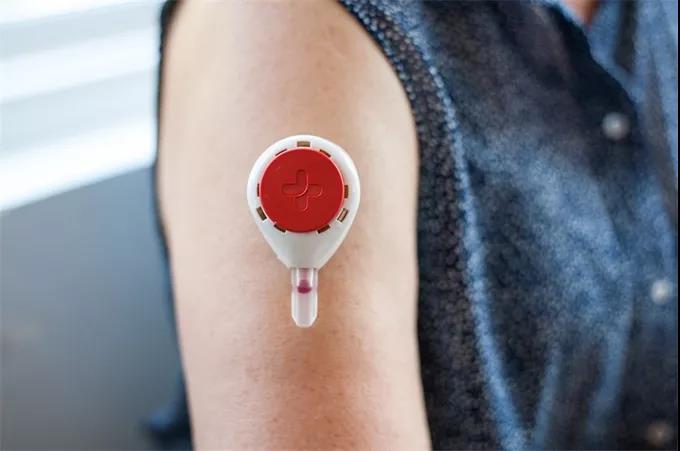
Owlet Smartsock
The Owlet Smartsock uses the same pulse-oximetry technology long used in hospitals to monitor vital signs. The sock is wirelessly connected to a base station and the user’s Apple device and immediately sends out an alert when vital signs fluctuate.

The Owlet was designed to be an intuitive piece of technology that compliments the aesthetic of a baby’s room, attire, and accessories. It’s easy to use, comfortable to a baby’s touch, and the recharging base station even doubles as a soothing nightlight.
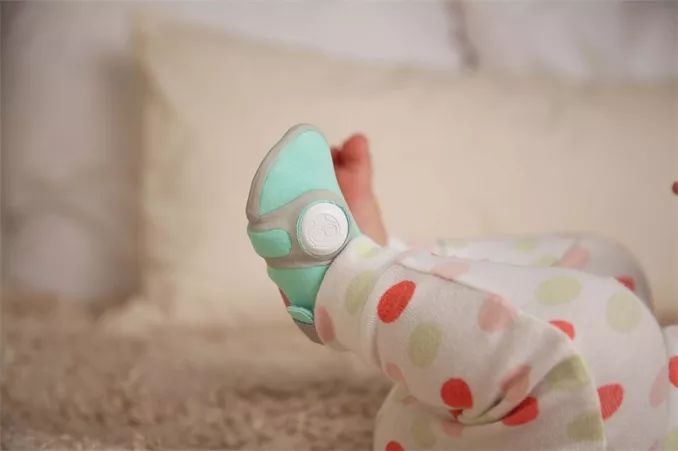
Design for intelligence
Cybele: An Artificial Asexual Womb
Cybele, an interchangeable asexual incubator, envisions an artificial womb as a new mode of reproduction where families take equal part in growing a fetus. With Cybele, parents are able to create and incubate their children on shift without sexual interaction or restrictions of gender. And also, there are possibilities to share carrying the baby responsibility with other partners in an easy way.
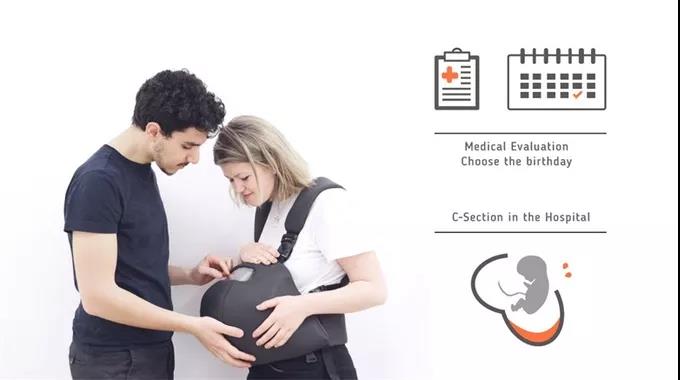
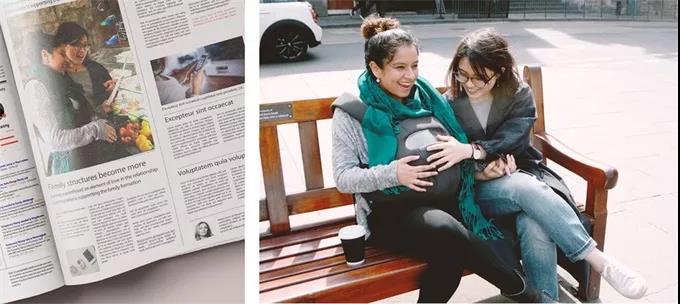
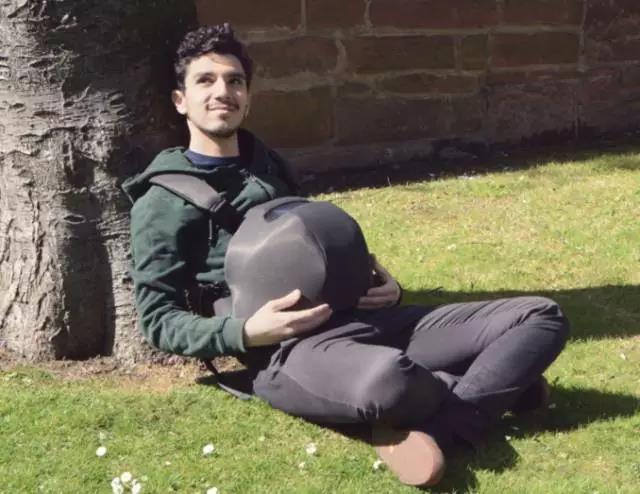
Olfact: Sensory Communication Through Olfactory Genius
Olfact is a project produced as part of the Biodesign Challenge at the University of Edinburgh. The project’s aim is to investigate alternate forms of communication through olfaction, to bring a new dimension to social relationships. Olfact proposes ‘self-manifestation’ in the form of human scent to evolve human relationships, rituals and customs.
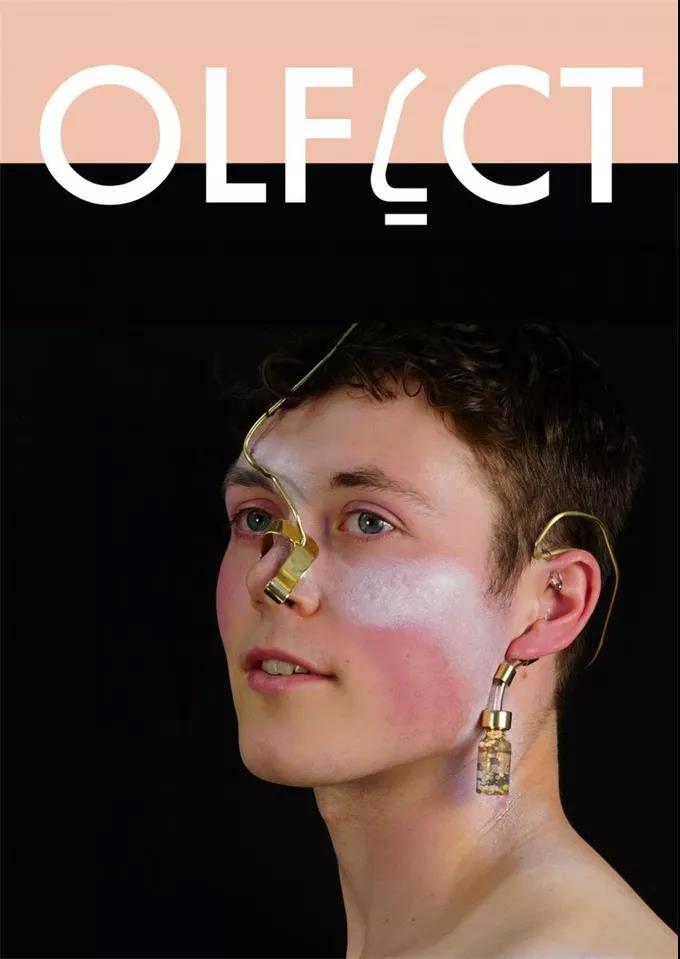
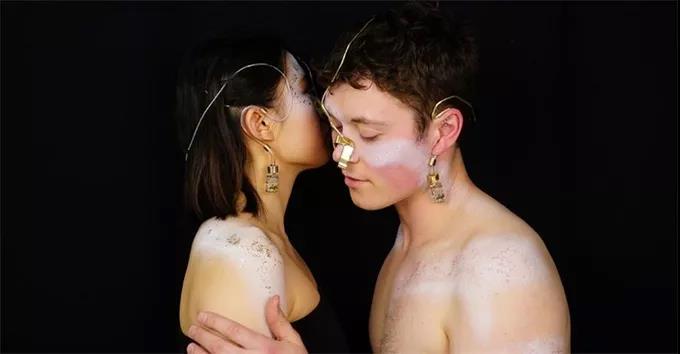
Smart Textiles – Wearable Services
The exhibition presents prototypes, which are contributing to the field of health care, fashion and interior. To develop these complex Product Service Systems, textile producers teamed up with software and hardware engineering companies, service providers, designers, research institutions and creative hubs.
The works shown are part of the Smart Textile Services project, a subdivision of the Creative Industry Scientific Program (CRISP). CRISP was established to develop a knowledge infrastructure that stimulates the continued growth of the Dutch design sector and creative industries. Smart Textiles Services had the goal to develop an inspirational test-bed, enabling textile developers to understand the multi-disciplinary opportunities and challenges of creating Smart Textile Product Service Systems.
There are 11 projects of wearable services shown at this exhibition. Below are some of them:
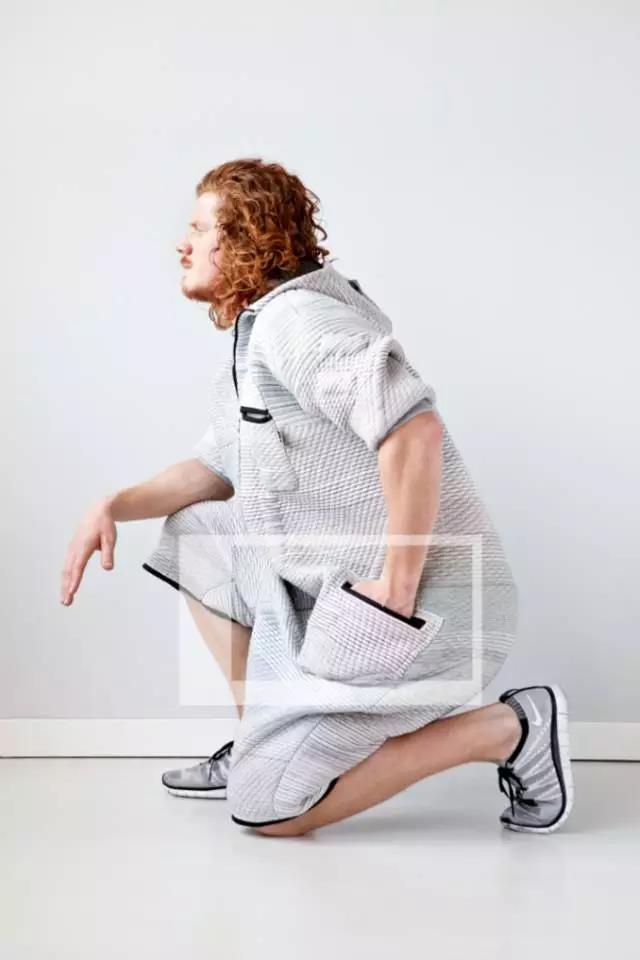
BB. Suit
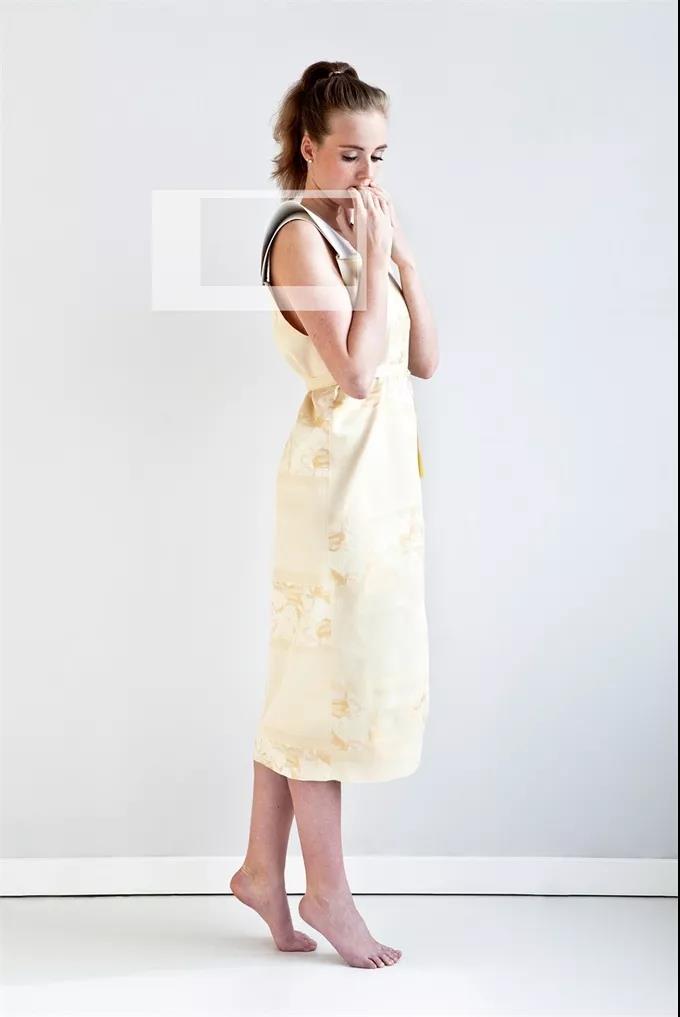
Print Dress
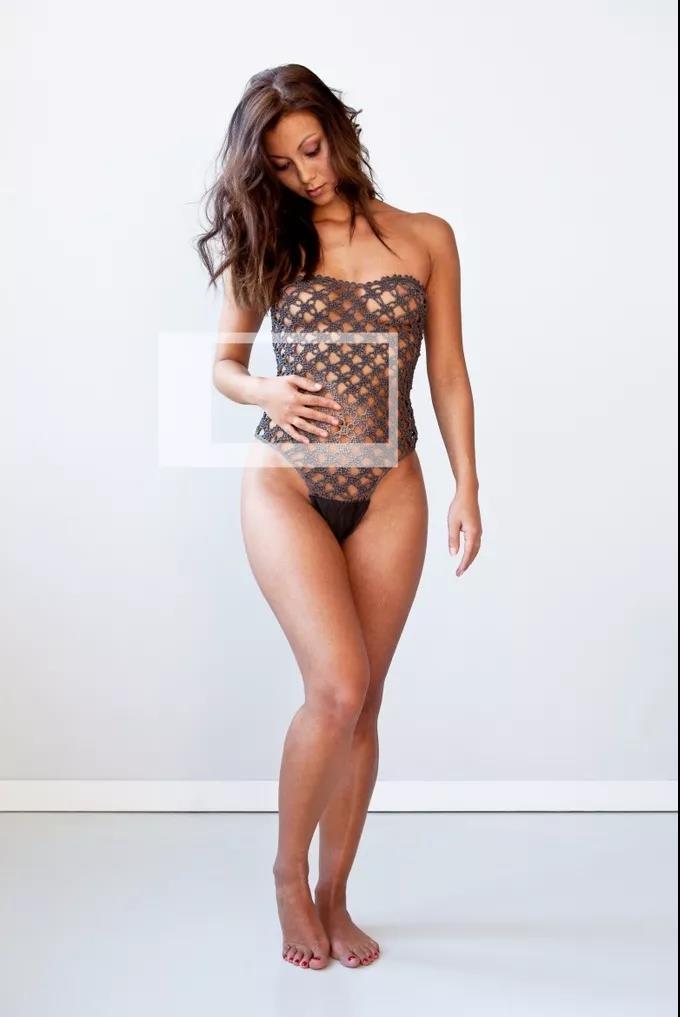
Unlace
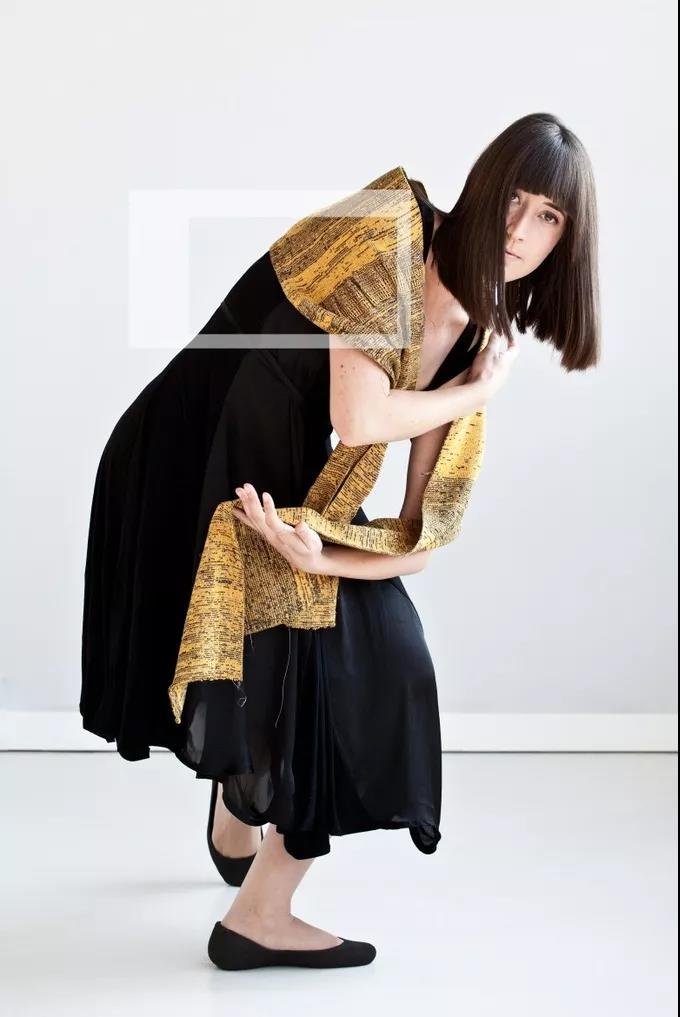
Thermo Dance
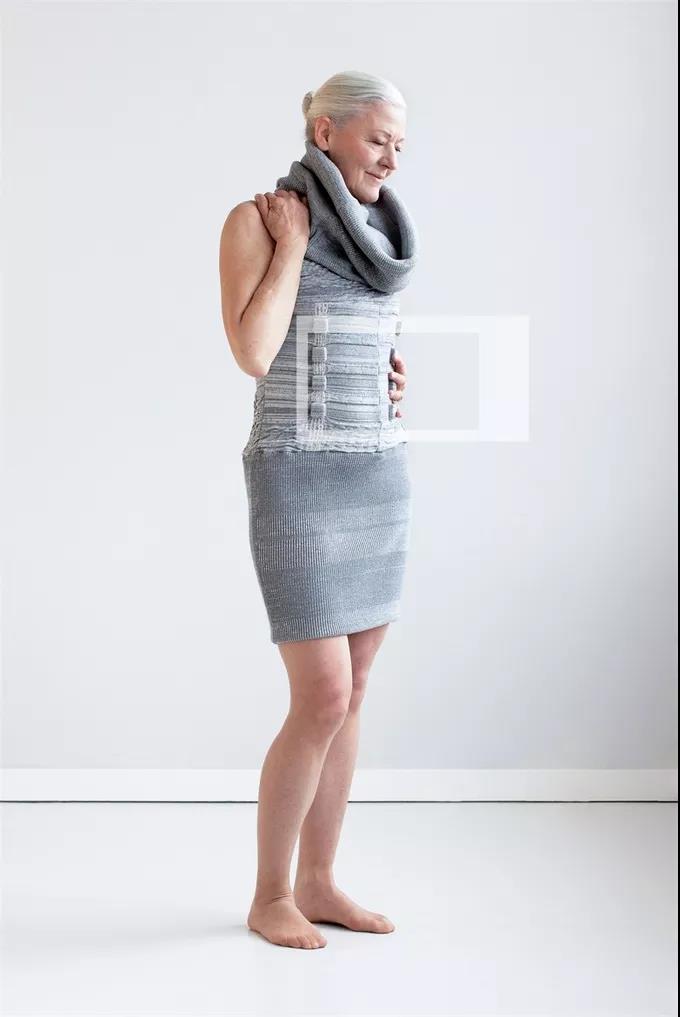
Vibe-ing
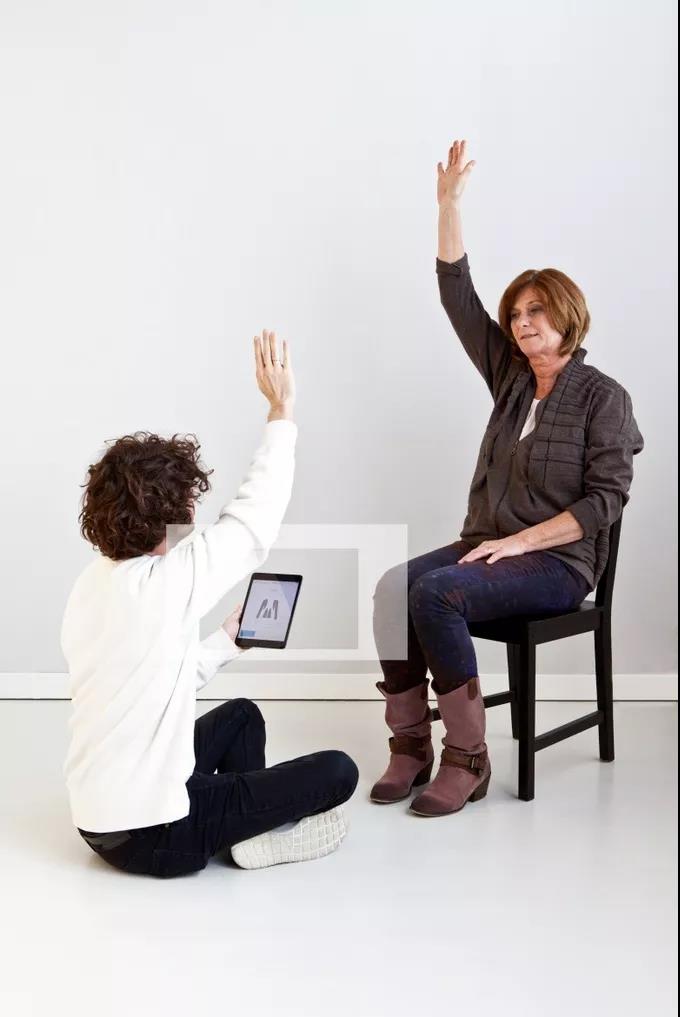
Vigour
(For details about the above projects and other projects, please come and check out at the exhibition.)
Design for transformation
Floating Modernity
Floating Modernity is an exhibition that offers innovative experience of the New World through a slow, immersive, unique outlook on its complexity.
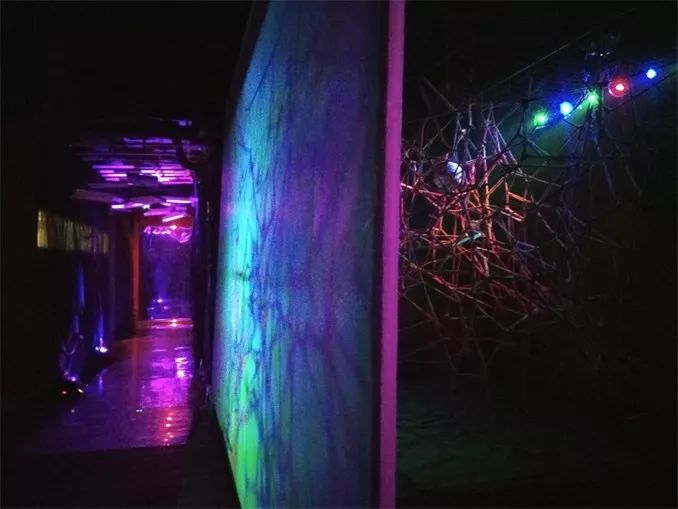
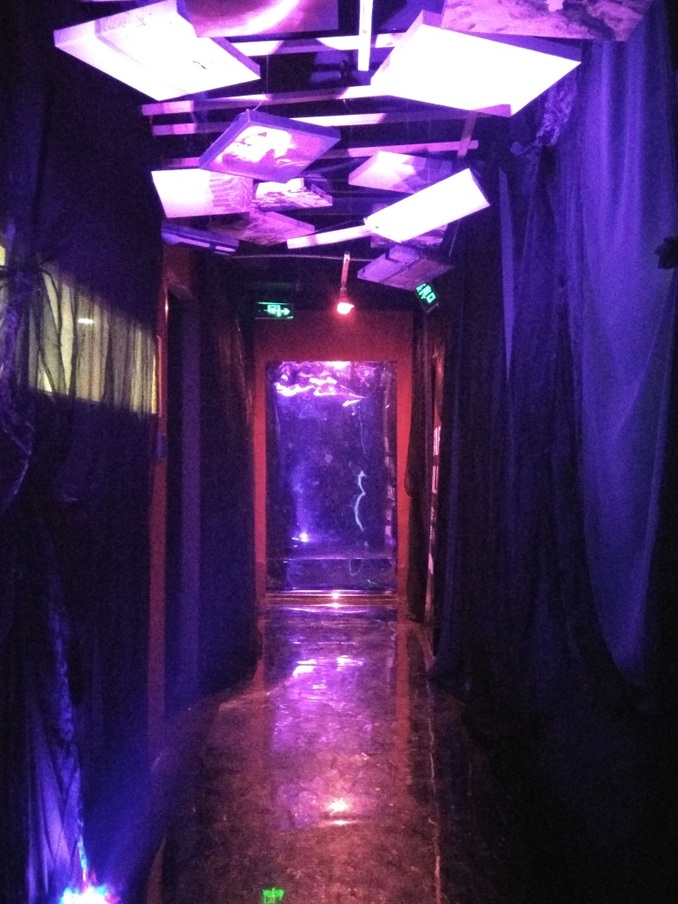
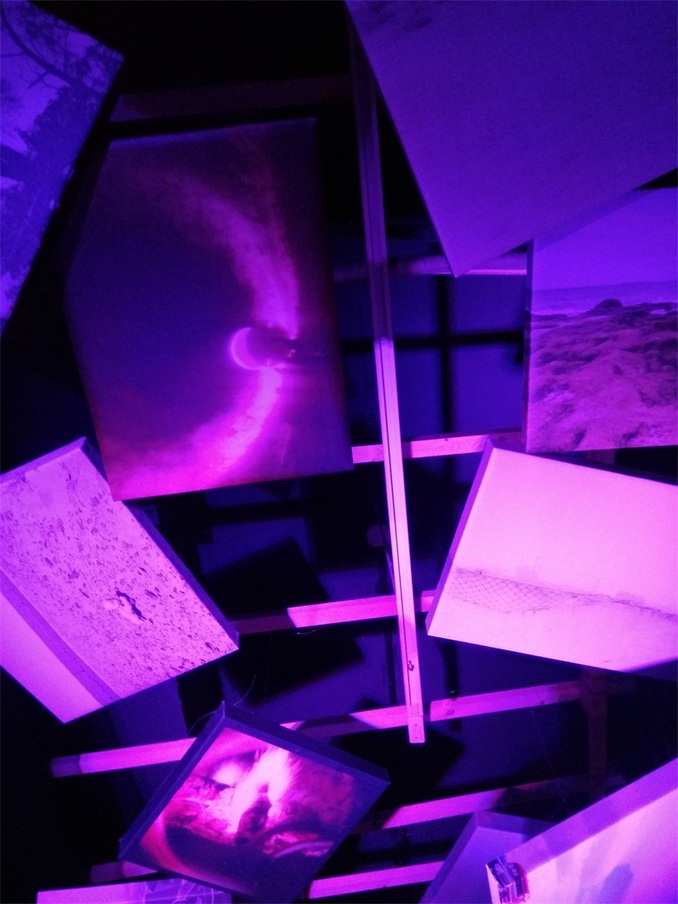
Short Introduction about the Curators
Dr Priscilla Chueng-Nainby

Dr Priscilla Chueng-Nainby is a social innovator and researcher with intercultural and interdisciplinary design practices. Based at the School of Informatics at the University of Edinburgh in Scotland, she has worked at top design schools such as the Royal College of Art, TU Delft, London University of the Arts, the Glasgow School of Art, Jiangnan University, Tsinghua University and the China Art Academy. An interaction designer with a degree in Computer Science and wrote a PhD thesis on the topic of cross-cultural design thinking, Priscilla experiments with low-fi co-design tools to envision and enact communities’ collective imagery to empower societal transformation. Co-Design Tools such as community art installation and improvisational theatre form her practice which informs her research in data-driven service innovation with marginalised communities for causes such as village regeneration, heritage service innovation, poverty elevation, smart mobility and community care. She is currently investigating the ontological structure of collective intelligence to inform the autopoietic physical-digital human-centred design. Her work involves bringing the governments, the NGOs and the industries, to collaborate directly with local communities, such as the village regeneration at Inner Mongolia, Turkey and south China, as well as heritage museum service design in China, UK and USA. Visuals of the forty over engagements can be seen at www.priscilla.me.uk.
Treasure Hinds – Anvil Studios
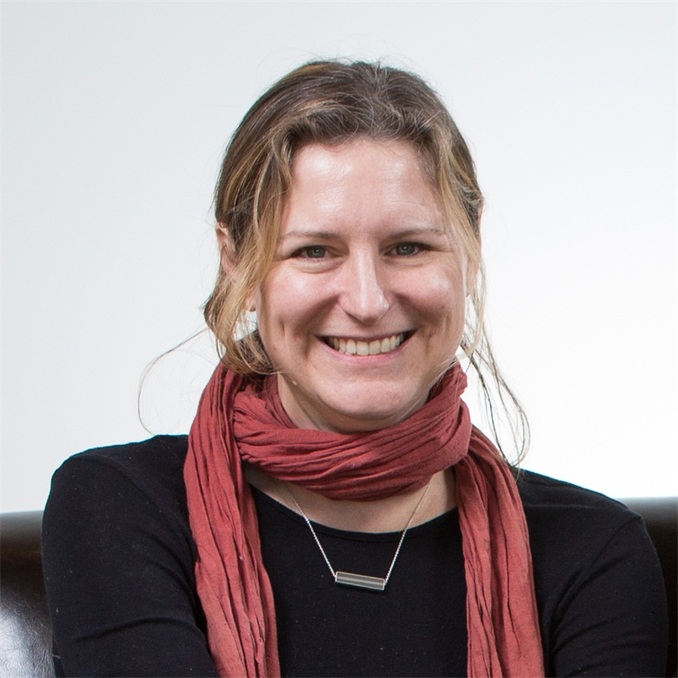
Anvil Studios is a product design firm for the real world. Anvil is Treasure Hinds and Greg Janky. They’ve been friends since design school, and their passion for great design is the foundation of our collaborative partnership. Together they create elegant, iconic, and manufacturable products that people love to touch and use. They have experience in diverse industries, from housewares, consumer electronics and professional equipment, to fitness and furniture, designing for world-class brands, such as Starbucks, Microsoft, Siemens and Oster. They’ve worked for in-house teams as well as for design consultancies. They partner closely with marketers, product managers, internal design teams and engineers. They take a flexible approach to their process so that customers get great solutions within constraints.
Martijn ten Bhömer
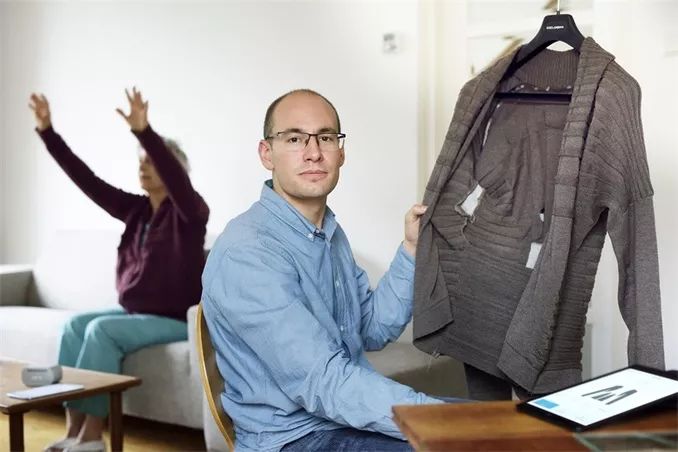
Dutch designer Martijn ten Bhömer creates smart textiles for multi-disciplinary contexts, particularly healthcare and well-being. During his PhD research at the Eindhoven University of Technology, Martijn investigated how an embodied approach to technology can underpin the design of products and services. Martijn worked with companies such as OMsignal, Deutsche Telekom, Microsoft Research and Bambi Medical to develop smart textile services for a wide range of specialist products. Currently, he teaches and conducts research about smart textiles and wearables at the Industrial Design Department of Xi’an Jiaotong-Liverpool University in Suzhou. Martijn’s designs have been exhibited internationally, while his research has been published in academic journals and presented at conferences around the world.
Francesca Valsecchi
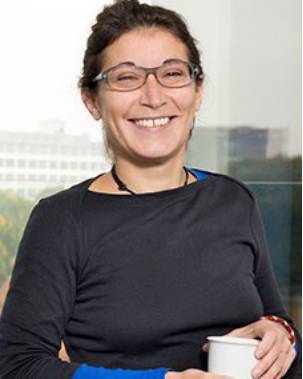
Francesca is a researcher and practitioner in communication, interaction, and social design. She currently serves as Assistant Professor at College of Design & Innovation, Tongji University; her research interests cover the area of information and data visualization, digital social innovation, open design, design and cultures. Of Italian origin, she has been in Asia for more than a decade, enjoying the trans-cultural lifestyle, and the thrilling mix of international environment with traditional heritage. Her recent projects include documenting and mapping Shanghai streetfood culture and places, experimenting with opendata and well-being public services, and engaging citizens in workshops to envision beauty-driven urban scenarios. She uses arts as a spare-time activity to improvise spontaneous interactive playground with the humans, the creatures, and the environment.
Bettina
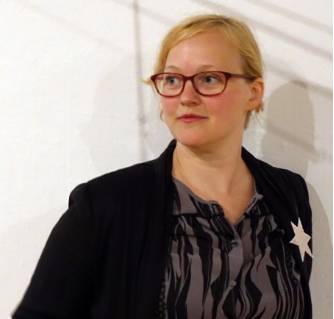
Bettina Nissen is a designer and research associate on the ESRC funded After Money project in Design Informatics at the University of Edinburgh. With an AHRC funded PhD in Digital Media at Newcastle University and her background in product design and digital fabrication, Bettina’s practice-based research explores how audiences can be engaged with data through tangible interactions.